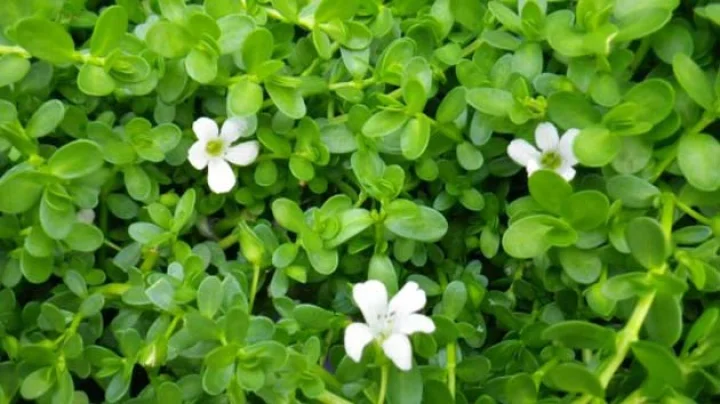9 herbs for Navratri
These nine herbs are representative of Navdurga and carry their essence
Navdurga literally means nine forms of Maa Durga. But very few people know that there are also nine herbs, that represent the essence of Navdurga. In Markandeya Purana, these nine herbs are referred to as carrying essential characteristics of Durga. Brahma jii too has called them Durga Kavach i.e. the shield that save us from ill health.
Let’s have a look at them :
Shailputri is called the first of nine Durgas. The herb representing the essence of Shaiputri is Myrobalan or Harad. It is also called Himawati. A primary medicine of Ayurveda, Harad comes in seven variations. Haritika, Pathya, Kayastha, Amruta, Hemawati, Chetaki and Sreyasi. All seven types have their own peculiar attributes.
Brahmacharini is the second Durga of the nine. The herb representing her is called Brahmi. This well known herb is good for blood circulation, sharp memory, stamina and it also helps us attaining melodious voice. No wonder it is also called Saraswati. Brahmi is capable of clearing malfunctioning elements from blood. It is advised to worship Brahamacharini while taking Brahmi as medicine.
Chandraghanta, the third Durga is also called Chandusura or Chamsura. It is also the name of a herb. The leaves of Chamsura are also used for cooking. This herb is also called Chandrika or Charmhanti and as the latter name suggests, it is very useful in curing obesity. Good for stamina and heart, Chandrika is a multi-purpose medicine.
Kushmanda is both the name of fourth Durga as well as the large white pumpkin. It is famously used for Petha sweets which is very popular in North India. It is also called Kumhada. Good for stamina, stomach, semen, Kumhada is also good for mental health. It also works well for heart problems as well as for Pitta and Vayu vikaras.
Linseed or Alsi require no introduction to those who practice Ayurveda. A multi dimensional grain-seed or herb, it is good for virtually everything and is advised to consume daily. Skandmaata, the fifth Durga is considered the representative of Alsi.
Katyayini is the sixth Durga. She is also known as Amba, Ambika, Ambalika. Her equivalent in herb is Machika or Moiya. Good for many Kapha-Pitta vikars, Moiya is advised to use while worshipping Katyayini.
Kalaratri is also known as Mahayogini or Mahayogishwari. The seventh form of Durga is known as representative of Nagadaun herb. It is said that merely planting Nagadaun herb in the home is enough to do away with many troubles.
Tulsi is the household herb of Hindus. Hardly anyone in India would be unaware of it. Mahagauri, the eighth Durga is considered the equivalent of Tulsi. This herb is famously known for its ability to purify blood and keep heart diseases at bay. There are seven types of Tulsi : Shweta, Shyama, Maruta, Davna, Kudherak, Arjak and Shatapatra.
Siddhidatri is the ninth and final form of Navdurga. Shatawari is said to be her herb. Good for almost everything, it is often advised to be consumed daily without failing. As per the Markandeya Purana, these nine herbs representing nine Durgas provide us with a complete package of good health.






